
Isolation and identification of E. coli and Salmonella spp required meterials.
Sewage sample, EMB agar medium, MacConkey Agar medium, Nutrient-Agar medium, sterilized laminar air-flow chamber, incubator, hot-air oven, autoclave, weighing balance, refrigerator, sterile petri-plates, sterile test tubes for serial dilution, autoclaved distilled water, L-shaped bent-glass rod for spreading the inoculum, sterile non-absorbent cotton, sterile pipettes, inoculation loop, spatula, Antibiotic extract, nutrient agar medium, test cultures (E. coli and Salmonella spp.), filter paper-discs, commercially available antibiotic discs (kanamycin), sterilized laminar air-flow chamber, shaker-incubator, hot-air oven, autoclave, weighing balance, sterile petri-plates, autoclaved distilled water, sterile non-absorbent cotton, sterile glass pipettes, L-shaped bent-glass rod for spreading the inoculum, sterile forceps, spatula, punching machine centimeter scale, etc.
Remember to ensure the composition of eosin methylene blue agar. (EMB; pH-7.2)
Ingredients g/1000 mL g/100 mL
Peptone 10.0 1.0
K2HPO4 2.0 0.2
Lactose 5.0 0.5
Sucrose 5.0 0.5
Eosin 0.4 0.04
Methylene blue 0.065 0.0065
Agar 13.5 2.8
The Composition of MacConkey agar medium (pH-7.1)
Ingredients g/1000 mL g/100 mL
Peptone (meat and casein) 3.0 0.3
Pancreatic digest of gelatine 17.0 1.7
Lactose monohydrate 10.0 1.0
Bile salts 1.500 0.15
Neutral red 0.030 0.003
Agar 13.500 1.35
Crystal violet 0.001 0.0001
Sodium chloride 5.0 0.5
Remember to ensure the composition of Nutrient agar medium (pH-7.0)
Ingredients g/1000 mL g/100 mL
Peptone 5.0 0.5
Beef extract 3.0 0.3
NaCl 5.0 0.5
Agar 20.0 2.0
Procedure
•we are collected sewage samples from different sewer canals using thread-tied screw-cap tubes.
•These samples were pooled,and serial dilution of the sample was made up to 10-8 dilution with autoclave-sterilized distilled water.
•We prepared 1000 ml each of emb agar and macconkey agar media as per the composition given above. We sterilized the media in an autoclave at 121ºc temperature and 15 lbs pressure for 20 minutes. We poured 20 ml aliquots of media into sterile petri-plates and allowed the media to sit for solidification.
Isolation process
•We prepared 100 ml of nutrient agar medium (nam) as per the composition given. We poured 10 ml aliquots of the nam into sterile test tubes using sterile glass pipettes, labeled the tubes, and cotton-plugged them. We kept the cotton-plugged tubes with medium in a slant position until solidification to obtain nam-slants for sub-culturing.
•Using an incineration-sterilized l-shaped bent-glass rod, we spread 0.1 ml of serially-diluted sewage samples from each dilution on the emb agar medium plates and labeled them appropriately.
•These plates were incubated at 37ºC for 24-48 h in an electric incubator which has a thermostat.
Result observation
•During incubation, we observed the plates for the growth of desired colonies. We screened emb agar plates for colonies that produce a green-metallic sheen around them, a characteristic feature of E. coli that ferments lactose and produces acid rapidly, resulting in the green metallic sheen. We identified colorless or light purple colonies as lactose non-fermenters.
•We picked these colonies separately using an inoculation loop and streaked them onto macconkey agar medium plates using the quadrant-streaking method of streak-plate culturing, and we labeled the plates appropriately.
•The electric incubator with a thermostat incubates these plates at 37ºC for 24-48 hours.
•Upon incubation, we observed the plates for the growth of desired colonies. We identified fish-eye colonies with pink periphery as E. coli colonies, and we deemed colorless colonies to be Salmonella spp.
•We picked identified colonies separately, using an inoculation loop, and streaked them on nam-slants that we had prepared earlier. We labeled them appropriately. We incubated the sub-cultures at 37ºC for 24-48 hours. Once growth occurred, we transferred the sub-cultures to the refrigerator (2-8ºC) for storage until further use.
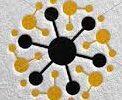
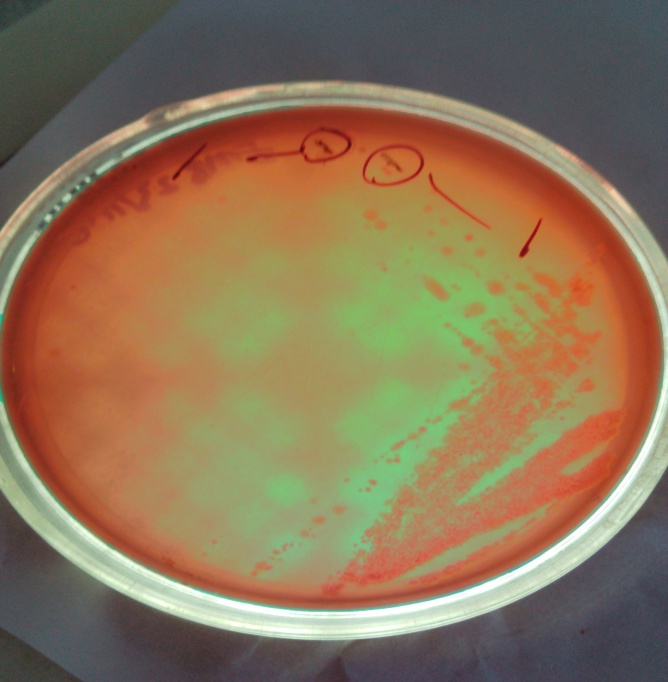
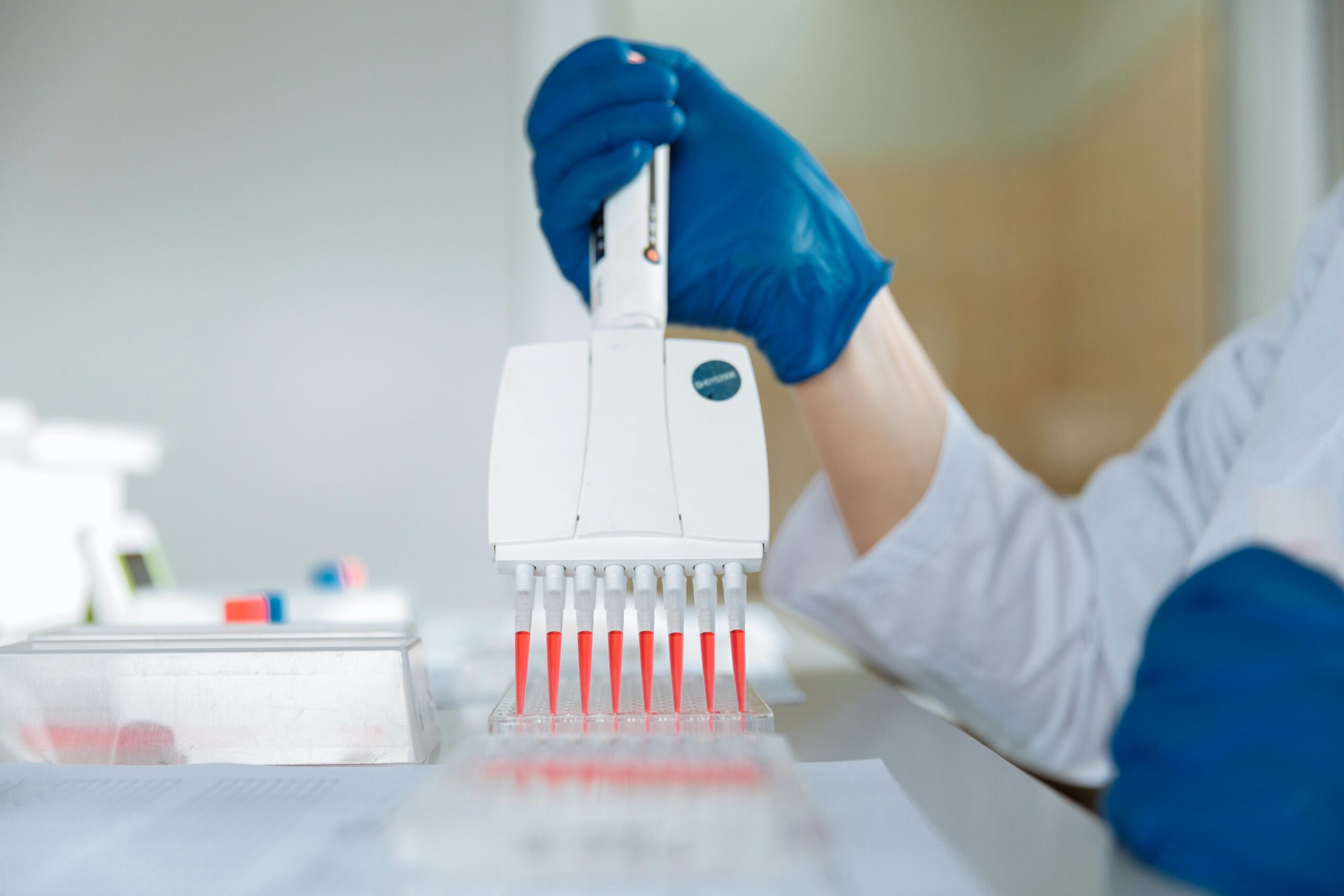
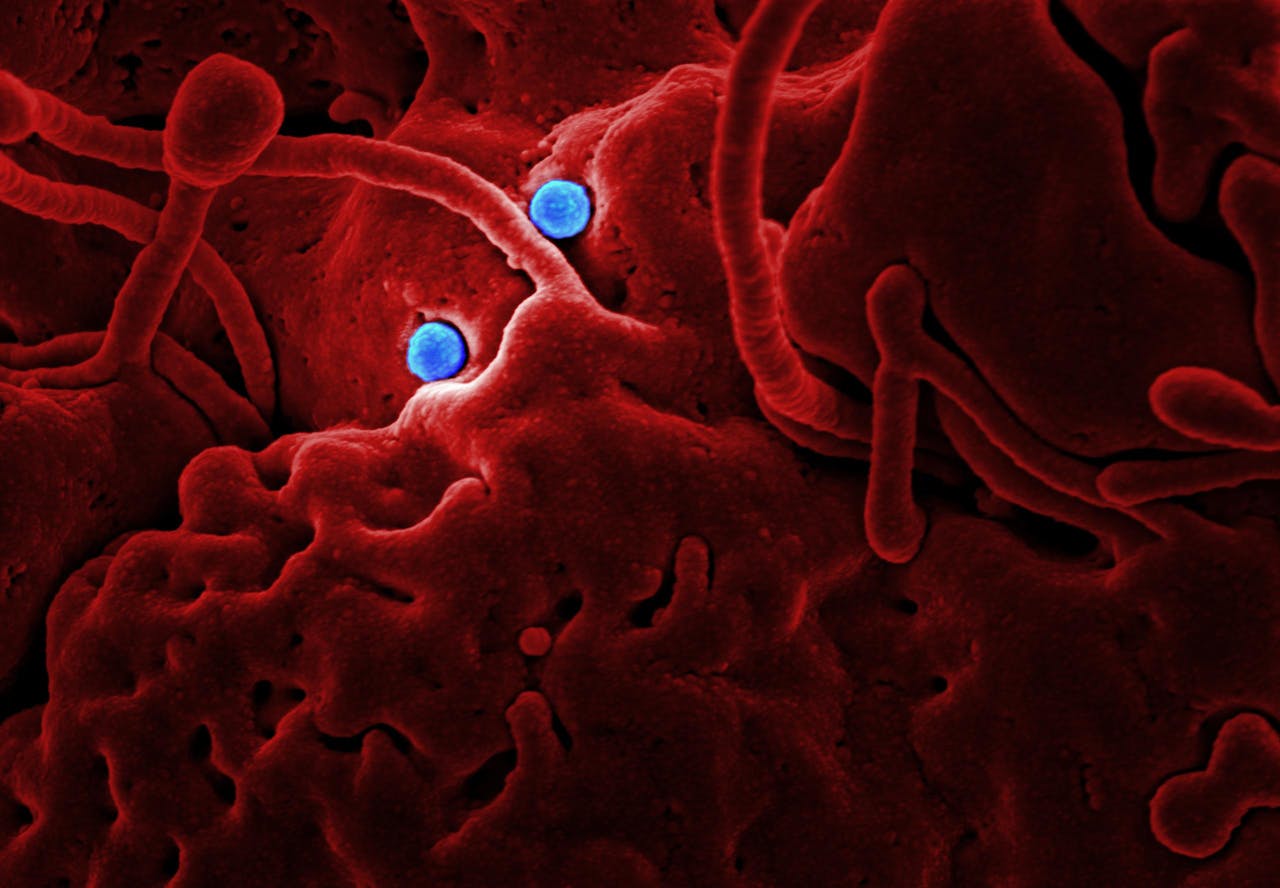
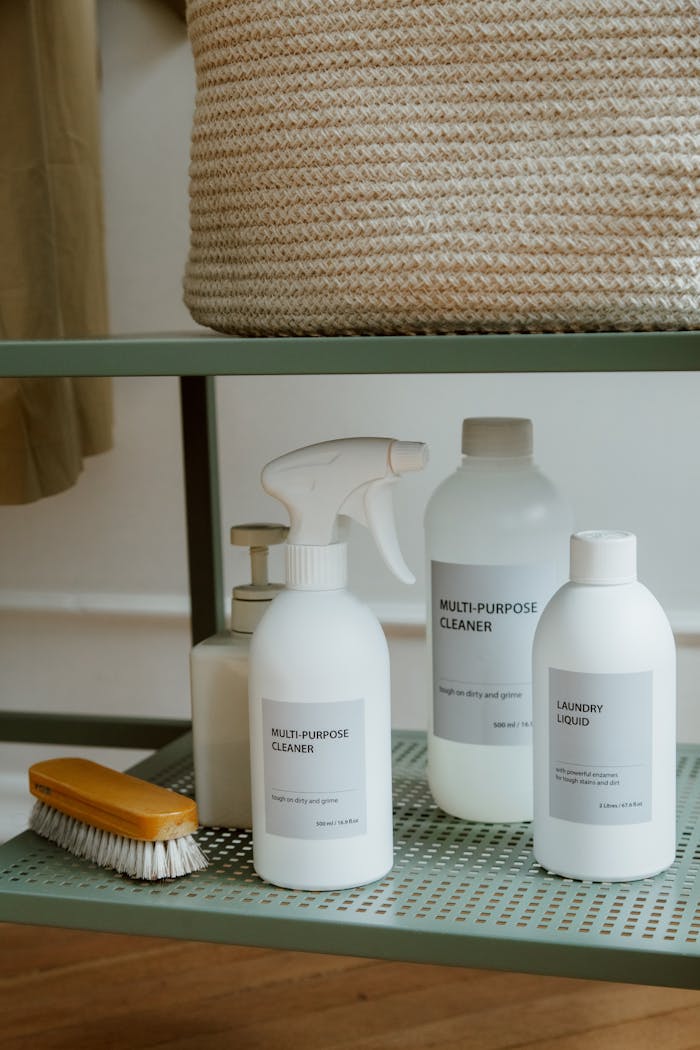
One thought on “The Challenge of Isolating E. Coli and Salmonella from Sewers”